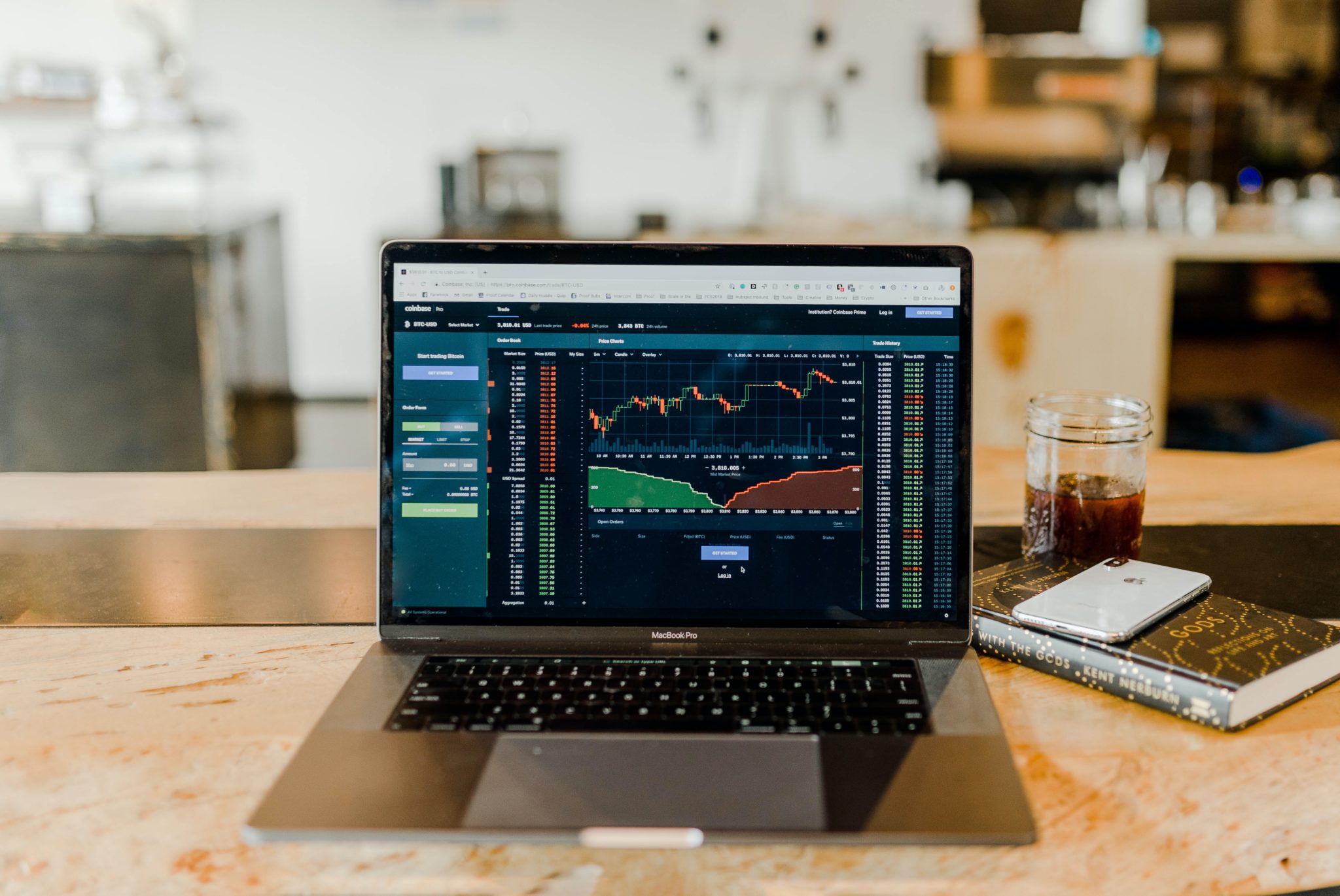Mistakes To Avoid While Forex Trading
Certain tactics in the high-leverage retail forex day trading game can result in the total loss of capital. If you are a beginner, you may be confused and wondering ‘What Are Forex Charts‘, yet there are certain frequent blunders that day traders make that are easily avoidable.
These potentially fatal errors are outlined below and can be avoided through education, discipline, and the right attitude.
No Trading Plan
Without a trading plan, traders tend to be haphazard in their approach. Every trade is governed by trading principles and procedures. Market volatility prevents traders from making illogical choices. Traders must stick to their trading plan or risk entering uncharted territory in terms of trading style. Unfamiliarity causes trading errors, and demo accounts can allow traders to test strategies before moving onto a live account.
Overleveraging
Leverage is the use of borrowed funds to open FX positions. With less personal cash per sale, the danger of loss is greater. Because leverage magnifies wins and losses, keeping track of your leverage is critical.
Brokers are vital in maintaining client safety. Many brokers provide exorbitant leverage ratios of 1000:1, endangering novices and skilled traders alike. Regulated brokers will cap leverage at levels specified by respectable financial regulators. This should be considered before choosing a broker.
Emotional Decisions
Emotional trading usually leads to poor trading. Traders open new positions to offset losses after losing deals. Technically and fundamentally, these transactions are usually unsupported. To avoid this type of trading, you must follow the trade strategies you studied.
Trading Size
Every trading technique is based on trade size. Many dealers trade in sizes that exceed their accounts. The risk of losing your account balances grows. Experts advise not to risk more than 2% of the total account value. For a $10,000 account, the maximum risk per trade is $200. Traders that follow this simple rule will avoid overexposing their accounts. Overexposure to a market raises the risk of loss.
Multi-Market Trading
Trading on a few markets lets traders develop expertise without scraping the surface. Many inexperienced forex traders fail due to a lack of understanding. Use a trial account if necessary. Due to noise trading, traders sometimes place trades on several marketplaces without appropriate fundamental/technical rationale. For example, the 2018 Bitcoin mania drew too many loud traders at the wrong time. Due to traders’ FOMO or Euphoria, the market suffered substantial losses.
Non-Stop Trading
You can’t keep an eye on the FX markets 24 hours a day. Stop and limit orders enable you to enter and exit the market at predefined prices. This not only allows the trading platform to execute deals when you are not available, but it also forces you to think through to the end of your trade and plan your exit strategy before you are actually in the trade and your emotions take over. Placing contingent orders may not always reduce your risk of loss.
Transactions Without Reviewing
Keeping a trading journal can help traders recognize strategy weaknesses and strengths. Traders will be able to grasp the market better and plan for the future. Examining transactions reveals both flaws and strengths that must be emphasized regularly.
Picking The Wrong Broker
Choosing the appropriate CFD broker might be tough due to the abundance of options available. Before opening an account with a broker, make sure the firm is financially stable. Many brokers operate in nations with lax regulations to avoid stricter jurisdictions like the US (Commodity Exchange Act) and the UK (FCA).
A safe broker is the most critical aspect to consider, but a comfortable platform and ease of execution are equally significant. Before dealing with real money, you should familiarize yourself with the site and its prices.
Inadequate Homework
Forex traders must do their homework to adopt and execute a trading strategy. The market as it should be will reveal market patterns, the timing of entry/exit points, and fundamental variables. To better understand the prospects, spend more time studying the market. The way the different pairs work in the forex market can differ significantly. The market of choice requires a close examination of these discrepancies.
Media reactions and unsubstantiated advice should be avoided without verifying the implemented strategy and analysis. This happens to many traders. They take suggestions from media personalities without due diligence and lose out on potential profits.
Low Risk To Reward Ratio
Many traders miss positive risk-reward ratios, resulting in inadequate risk management. A risk-to-reward ratio of 1:2 means the potential profit is twofold the potential loss. The Average True Range (ATR) is a useful indicator for finding stop and limit levels in forex. A ratio can assist traders in managing their expectations. This is vital since traders’ most common blunder is poor risk management.
Trading Without a Stop Loss
Every forex day trade you make should have a stop-loss order. A stop-loss order is an offsetting order that allows you to exit a transaction if the price swings against you by a certain amount.
When you use a stop-loss order on your transactions, you remove a significant amount of risk from that investment. The stop-loss keeps you from losing more than you can afford if you start losing money on a trade.
Conclusion
Now That you know the errors that can be avoided, you can use your trading notes to make smarter choices for your financial portfolio. You should be fine as long as you invest wisely. Good Luck!
This article has been published in accordance with Socialnomics’ disclosure policy.











